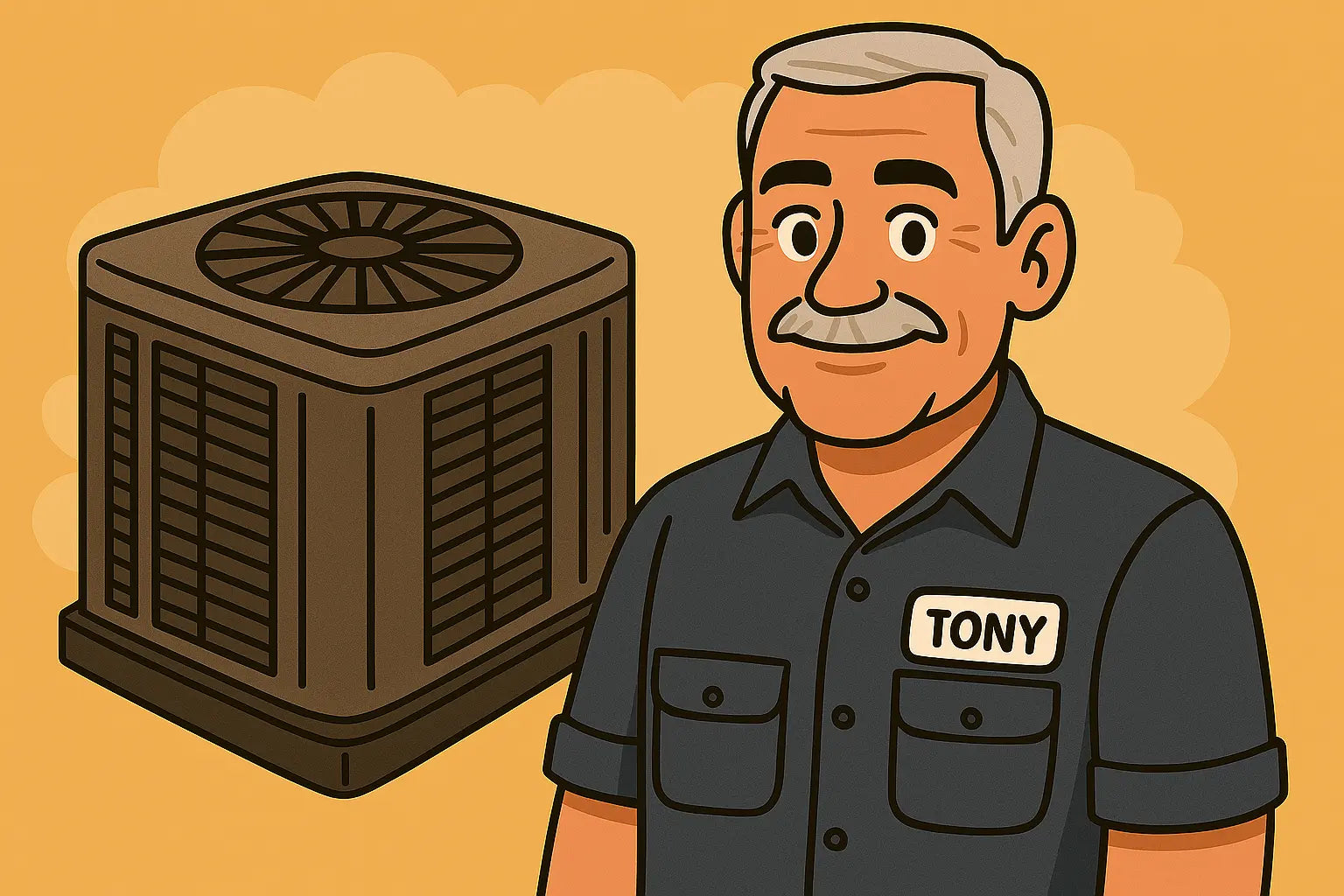Tony Here — Let’s Talk Tools 🧰
Look, I love a good DIY project as much as the next guy. But central AC isn’t just a plug-it-in-and-pray situation. You need the right tools to get the job done right — and to avoid damaging a system that can cost thousands to replace.
So before you grab your rusty toolbox and start yanking wires, here’s a down-to-earth guide on the real tools you’ll need if you're planning to install or repair a central AC system yourself.
1. Multimeter: Your Diagnostic Lifeline 🔌
First up — a multimeter. This little device tells you what’s hot, what’s not, and what’s fried. You'll need it for checking voltages, continuity, and whether a component is dead or alive. And believe me, guessing wrong with electricity isn’t just bad for your AC — it’s bad for you.
If you're new to HVAC electrical work, check out this solid guide to using a multimeter from Family Handyman. It's beginner-friendly without sugarcoating the risks.
Pro Tip: Get a digital multimeter with an auto-ranging feature. It’s faster, safer, and doesn’t require manual calibration.
2. HVAC Gauges: The Secret to a Proper Charge 🧪
Whether you're topping off refrigerant (R-32, if you’re working with modern units) or checking pressures, HVAC manifold gauges are non-negotiable. These tell you what’s going on inside the system — and let you charge or evacuate refrigerant correctly.
Be sure you’re getting gauges that are compatible with the refrigerant you’re using. For most newer systems, like the ones on The Furnace Outlet’s central AC page, you’ll need R-32-compatible equipment.
Pro Tip: Never guess with pressures. Too much or too little refrigerant can cause serious damage.
3. Vacuum Pump: Because Moisture Is the Enemy 💨
A proper vacuum pump pulls moisture and air out of the lines before refrigerant is added. This step isn’t optional. If you skip it, you’re inviting acid, corrosion, and premature system failure into your shiny new AC system.
If you're serious about getting this step right, the EPA explains exactly why evacuation is essential before charging refrigerant — it’s not just a best practice, it's the law in most cases.
Pro Tip: Don’t cheap out. A single-stage pump might be fine for small jobs, but a two-stage vacuum pump will get you deeper vacuum faster — and that matters.
4. Tubing Cutter and Flaring Tools: Copper Work 101 🔧
If you’re running new refrigerant lines or replacing damaged ones, you’ll need to cut, bend, and flare copper tubing. A good tubing cutter gives you clean, precise cuts. Flaring tools let you shape the ends to make leak-free connections.
And yeah, the flaring process might look old-school, but it’s still required by building codes and manufacturer specs. Don’t skip it.
Want a breakdown on how to handle copper tubing like a pro? HVAC School has a great article on proper flaring and brazing techniques that’s worth bookmarking.
5. Smart Thermostat + Wi-Fi App Support 📱
Alright, this isn’t technically a “tool,” but in 2025, no DIY setup is complete without a smart thermostat. Not only does it help you monitor and control your system from your phone, but many models now include diagnostic alerts that flag short cycling, airflow issues, or even refrigerant faults.
I’m a fan of models like the Ecobee or the Nest — both integrate with home assistants and offer energy-saving automations.
Need help choosing one? Consumer Reports has a breakdown of the best smart thermostats for HVAC systems that’s up to date and brand-agnostic.
Pro Tip: Make sure your thermostat is compatible with multi-stage systems if you’re upgrading to a variable-speed or high-SEER model.
Bonus Tools Worth Having
Here are a few extras that’ll make life easier and your install cleaner:
-
Cordless drill with hex bits – Fast panel removal and mounting.
-
Torque wrench – To properly seal flare fittings without overtightening.
-
Level + laser line – For mounting your indoor air handler or wall brackets dead-on.
-
Digital refrigerant scale – If you’re charging by weight.
These might not all be required every time, but when they’re needed, they’re lifesavers.
Final Word from Tony 🧤
Alright, champ — you’ve got the gear list, the know-how, and a straight-talk rundown of what it really takes to handle a central AC install or repair like a pro.
Just remember: having the right tools doesn’t make you an HVAC technician overnight. If you get in over your head, don’t be stubborn — call a licensed pro. No shame in it.
But if you’re confident and ready? You’ve got this 💪
And hey, if you’re still shopping for the right R-32-ready system, check out the full lineup at The Furnace Outlet’s central AC collection — plenty of options, great support, and fast shipping.
Stay cool —
Tony the Trusted Tech







